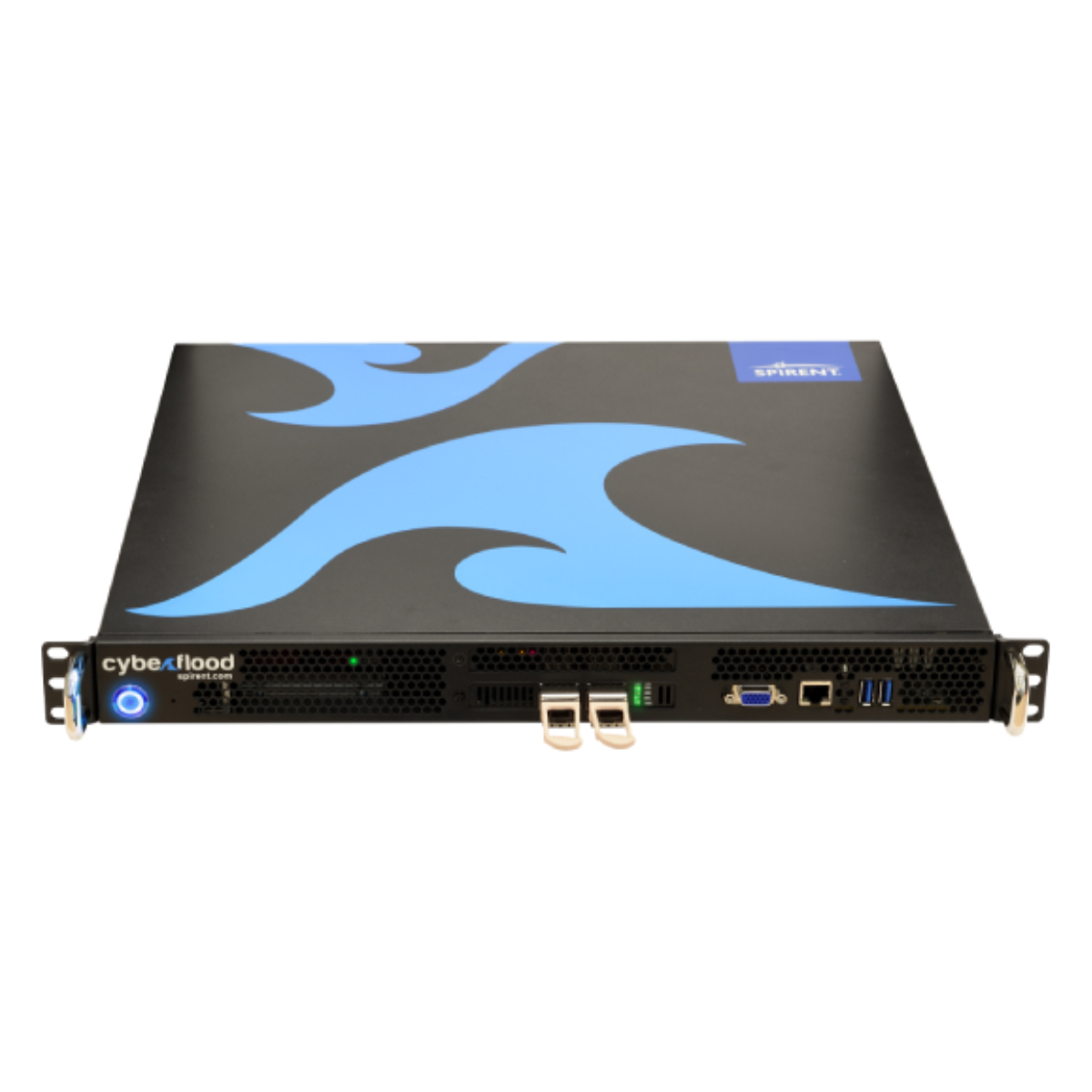Ensuring a secure digital future
There has been a steady rise in the number of data breaches over the past few years. We need to defend against malicious attacks by cyber criminals especially in view of many new vulnerability types emerging regularly. New and sophisticated attack mechanisms are being used by the criminals. DDAS attacks have become very common. The costs of a breach are also on an upward spiral. Savitri Telecom being the leading organization in providing end-to-end testing expertise and solutions, ranging from traditional performance testing Data Breach Assessment combines and enhances the traditional approaches described above while also adding new capabilities, enabling security operations teams to identify and address weaknesses in security before attackers do.
- Accuracy through tens of thousands of continuously updated threat scenarios.
- Comprehensive, automated assessment capabilities—from the security perimeter to the endpoint.

- Active monitoring assesses security impact, limits impact on users.
- Secures communications without compromising them.







